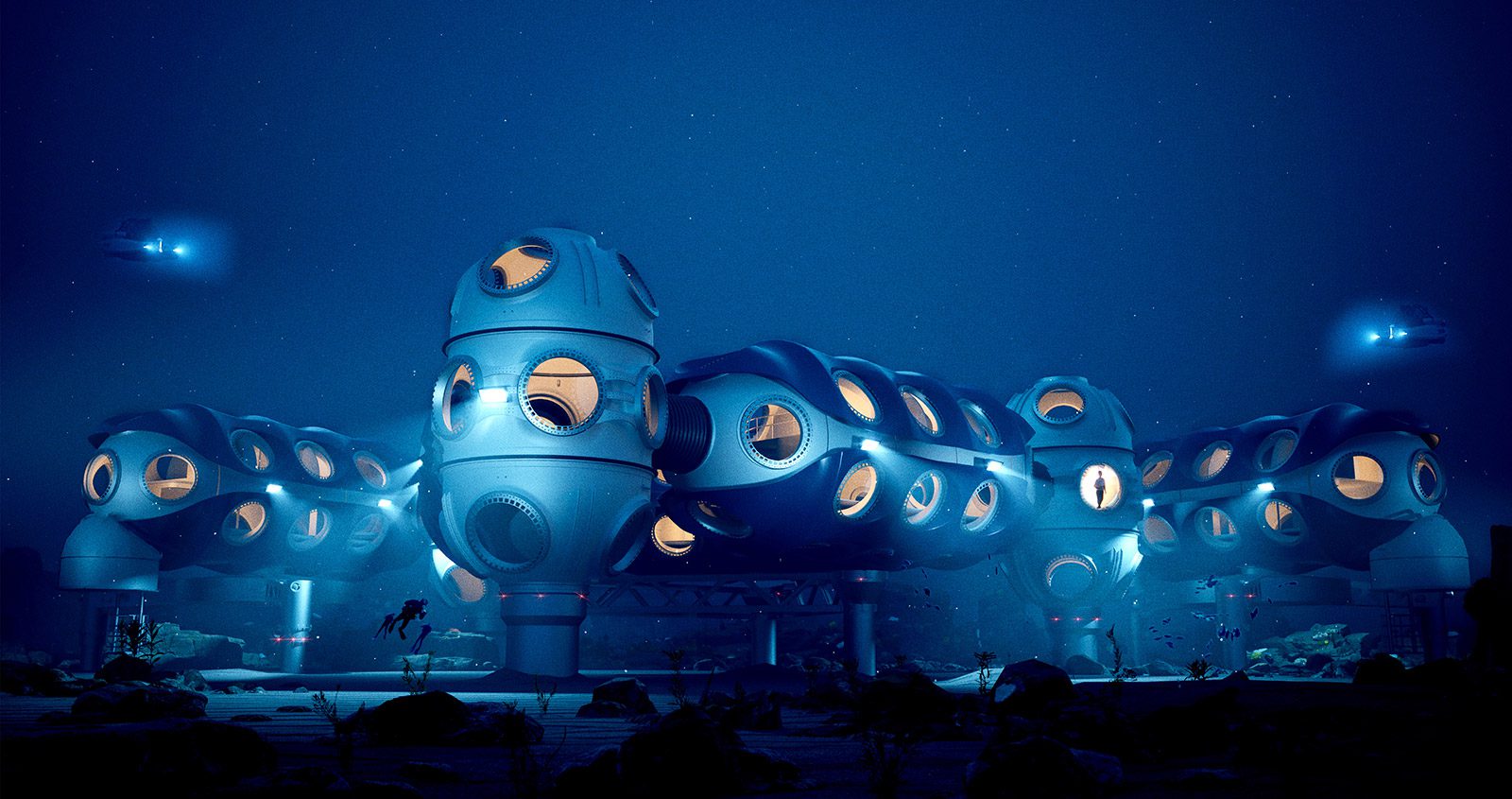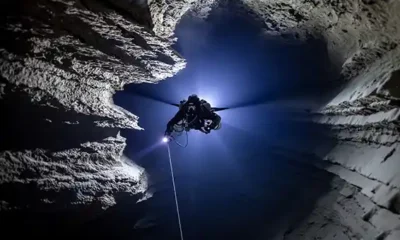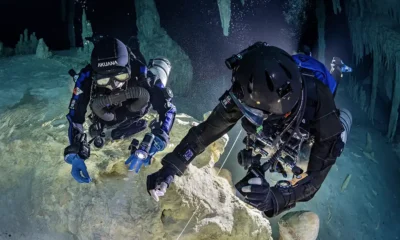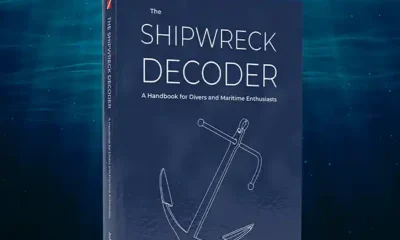

News
Enabling a Permanent Human Presence Under the Oceans from 2027
PRESS RELEASE
London and Bristol 4 September 2023: DEEP, the ocean technology and exploration company whose purpose is to ‘Make Humans Aquatic’, announces ambition for a permanent human presence under the Oceans from 2027.
Steve Etherton, President, EMEA of DEEP, said: “We need to preserve the oceans. To do that we need to understand them. The oceans sit at the centre of many of the generational challenges the world is facing, and they also offer opportunities we have not even begun to comprehend. They are the source of at least every other breath1 we take. They influence the weather. They influence the climate. They influence us. Yet, this life-sustaining ecosystem remains surprisingly unknown. Through our innovative technology DEEP will enable scientists to operate at depth for extended periods of time and we hope, in some small way, will contribute to our understanding of this life-giving environment”.
The DEEP System comprises SentinelTM the underwater habitat, and a revolutionary range of submersibles, dive and scientific research equipment. All backed up by technical and human performance training and qualification programmes (DEEP Institute2), and a unique underwater R&D test and operations facility (DEEP Campus).
The Sentinel will be globally classed3 by DNV, the world’s leading classification society for underwater technology and will allow scientists to live underwater at depths of up to 200 meters for up to 28 days at a time. This will give extended access to most of the world’s continental shelves and importantly being able to descend to 200 meters allows access to the entirety of the Epipelagic, or “sunlight”, zone4. The lower limit of the Epipelagic zone is the deepest point at which sunlight penetrates into the ocean and it’s estimated that 90% of marine life is found in this zone. Being able to comprehensively explore the full extent of this part of the ocean rather than just performing incursions from the surface, will represent a step-change in the way scientists can observe, monitor, and understand the oceans.

Following two years of intensive and pioneering research into innovative manufacturing processes and materials science, DEEP is at the advanced stage of technical design and has commenced production. The DEEP system offers a radically more effective way to live and operate underwater than has existed before. Previously, underwater facilities have been temporary and fixed-location. DEEP’s habitat is modular, scalable, autonomous, recoverable, re-configurable and re-deployable.
Sean Wolpert, President, Americas of DEEP said: “Out of sight and out of mind – not having a better understanding of the oceans is no longer an option. DEEP is coming out of stealth mode now as we need to take others on this journey. We are already talking to potential international partners, and others with a long-term view of the needs of the planet, who recognise that the up-side for humanity in preserving and husbanding the oceans is now too great to ignore. Looking at the themes around the emerging new ocean/blue economy we hear of opportunity and solutions in pharmaceutical research, in carbon capture, in innovative medicines. This is about how we can cooperate and can begin to work with the oceans for generations to come. DEEP offer to partners a way to do this hitherto impossible.
The UK’s South West and Wales were selected as DEEP’s initial base because of the unique cluster of relevant marine engineering, diving, hyperbaric and submersible expertise, and links with the North Sea diving industry5. Together these provide the foundation for a new industrial and scientific ecosystem.

Mike Shackleford, President, Global Services of DEEP said: “We have made significant investments in advanced manufacturing processes, and will build one of the world’s leading fabrication facilities with innovative production methods which will reduce waste, enhance energy efficiency, offer bespoke design and shorten manufacturing timelines. DEEP’s facilities already house our prototyping and pre-production capabilities as well as advanced material testing infrastructure not found elsewhere in the UK, and this is just the beginning”.
Investment in DEEP Campus, will transform the old National Dive & Activity Centre, into a world-leading 600 meter long, 100 meter wide and 80 meter deep controlled water facility for training5, testing and research. DEEP Campus will become a core part of the regional ecosystem, hosting essential development exercises for DEEP as well as regional, national and international partners.
For further Information:
Footnotes:
1. On “every breath we take”: How much oxygen comes from the ocean? (noaa.gov)
2. On Training: Complementing the tangible systems and taking a fully transparent approach with the UK Health & Safety Executive, DEEP is developing a training and operational programme to support Sentinel operational deployment, the DEEP Institute.
3. OnClassification: To engineer the Sentinel habitat systems DEEP is working closely with DNV, the world’s leading classification society for underwater technology, to jointly establishing the rule sets where, currently, none exist. DEEP has successfully achieved Approval in Principle of the Hull has established a route to approval through the remaining phases. Working with DNV to such levels of detail is essential to DEEP’s paramount commitment to safety in design and operation.
4. On the Epipelagic zone: Diagram and explanation: https://www.noaa.gov/jetstream/ocean/layers-of-ocean
5. On staff: DEEP’s world-class team comprises over 100 experts in marine engineering, naval architecture, materials science, specialised divers, and Includes representatives from technical, police, saturation, and special forces diving, as well as participants from the NATO submarine rescue programme.





















































